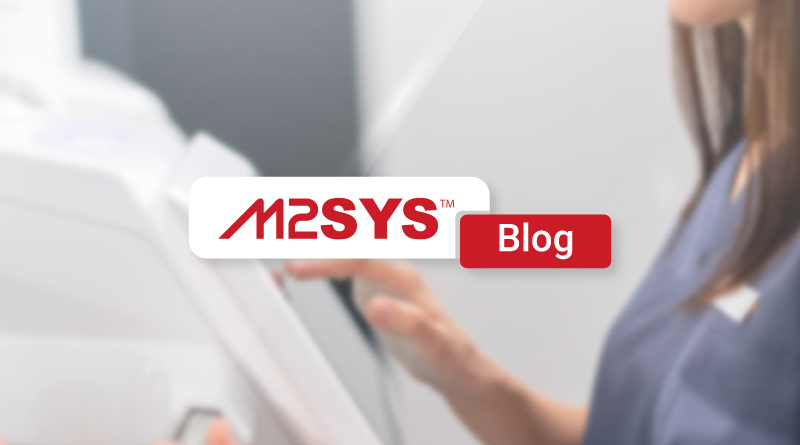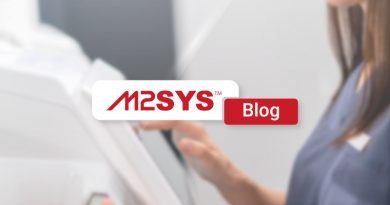Enhancing Citizen Accessibility: Implementing Digital Civic Services for Municipalities
Over 25% of US adults face disabilities, yet many municipal services remain inaccessible. Cities can bridge this gap by adopting digital tools that prioritize ease and inclusion, ensuring services are available to all, including those with visual impairments and in remote areas.
Did you know that over 25 percent of adults in the US face some form of disability, yet many municipal services remain out of reach for them? This gap highlights a pressing need for better access in civic engagement. Municipalities across the country grapple with delivering services that everyone can use, from people with visual impairments to those in rural spots with spotty internet. However, cities can close this divide by adopting smart digital tools that prioritize ease and inclusion.
What Challenges Do Municipalities Face in Delivering Accessible Services?
Municipal leaders often deal with outdated systems that fail to serve diverse populations. For instance, a resident with limited mobility might struggle to visit a city hall for permit applications, while non-English speakers hit language barriers in online forms. Additionally, remote communities with poor connectivity miss out on key updates. These issues lead to frustration and lower participation in civic processes. In fact, a 2023 report from the National League of Cities showed that 40 percent of municipalities still rely on paper-based methods, which slow down service delivery and exclude tech-limited groups
How Can Digital Platforms Bridge the Accessibility Gap?
Cities are turning to modern platforms to make their services available to all. They design interfaces that work with screen readers and offer simple navigation. Moreover, adding voice-assisted features allows users to interact hands-free, which is particularly helpful for those with physical challenges. For areas with weak signals, offline modes allow form downloads and later uploads. As a result, these steps ensure compliance with standards such as WCAG, which guide the creation of accessible web content. One city in California, for example, cut complaint resolution time by 50 percent after switching to a digital system that supported multiple languages and mobile access.
Why Multilingual Support Matters in Civic Engagement
Language barriers prevent many from accessing municipal resources. Therefore, platforms that translate content into common languages open doors for immigrant communities. This approach enhances participation in events like virtual town halls, where residents can discuss local issues in real-time. Furthermore, it aligns with trends from the US Census Bureau, which notes that over 20 percent of Americans speak a language other than English at home. By addressing this, municipalities foster trust and encourage more feedback on services like licensing and inspections.
Mobile Optimization: Reaching Citizens on the Go
People expect services to be at their fingertips, so mobile-friendly designs have become essential. They enable quick access to property records or contractor registrations from any device. Consequently, remote residents no longer travel long distances for basic tasks. A 2024 study by Pew Research found that 85 percent of adults own smartphones, making mobile access a key factor in achieving equity. Cities that prioritize this approach tend to see higher engagement, as evidenced by increased online permit submissions.
Integrating Secure Data Handling for Trustworthy Services
Security concerns often deter citizens from using digital tools. Thus, platforms with strong encryption protect personal information during transactions, such as civic enforcement reporting. This builds confidence, especially in underserved areas wary of data breaches. For example, after a major cyber incident in 2018 that affected several US cities, many adopted stricter measures, leading to a 30 percent rise in online service usage.
Customizable Modules for Tailored Municipal Needs
Every city has unique demands, from urban development tracking to property management. Flexible tools enable leaders to adjust workflows without having to start from scratch. So, they can add features like real-time analytics to monitor engagement and spot improvement areas. This data helps refine services, such as streamlining inspections for faster approvals.
Real-World Examples of Improved Service Equity
Take the case of a Midwest municipality that implemented digital complaint filing. Residents can now submit issues via the app, complete with photo uploads, reducing wait times from days to hours. Similarly, virtual town halls have attracted more participants, including those with disabilities who prefer to stay home. These changes stem from lessons learned over decades, as governments worldwide have shifted from manual to digital methods since the early 2000s.
Practical Tips for Assessing Accessibility Needs
Start by surveying your community to identify gaps. Then, train staff on inclusive practices, like using alt text for images. Finally, track metrics such as user satisfaction scores to measure progress. These steps lead to a more responsive government.
The City & Municipality Management Solution, Powered by the M2SYS eGov Platform, steps in as a practical choice here. With over 20 years of experience helping governments globally and in the US, M2SYS eGov builds and delivers eGovernance solutions that tackle these exact pain points. For instance, its no-code setup lets you customize interfaces for WCAG compliance without needing tech experts. Plus, the mobile-first approach, combined with multilingual options and offline features, ensures broad access. Cities using this platform report smoother permit management and higher citizen satisfaction, drawing from real deployments that integrated with legacy systems seamlessly. If your municipality seeks to boost inclusivity, exploring this solution could make a real difference in connecting with all residents.










